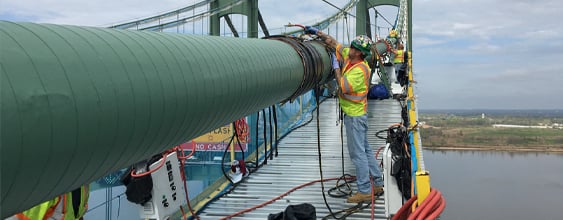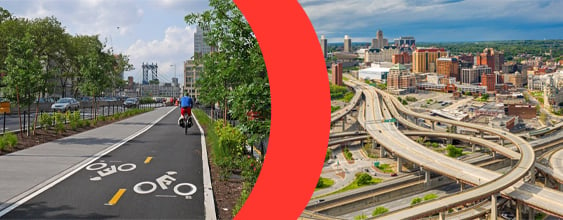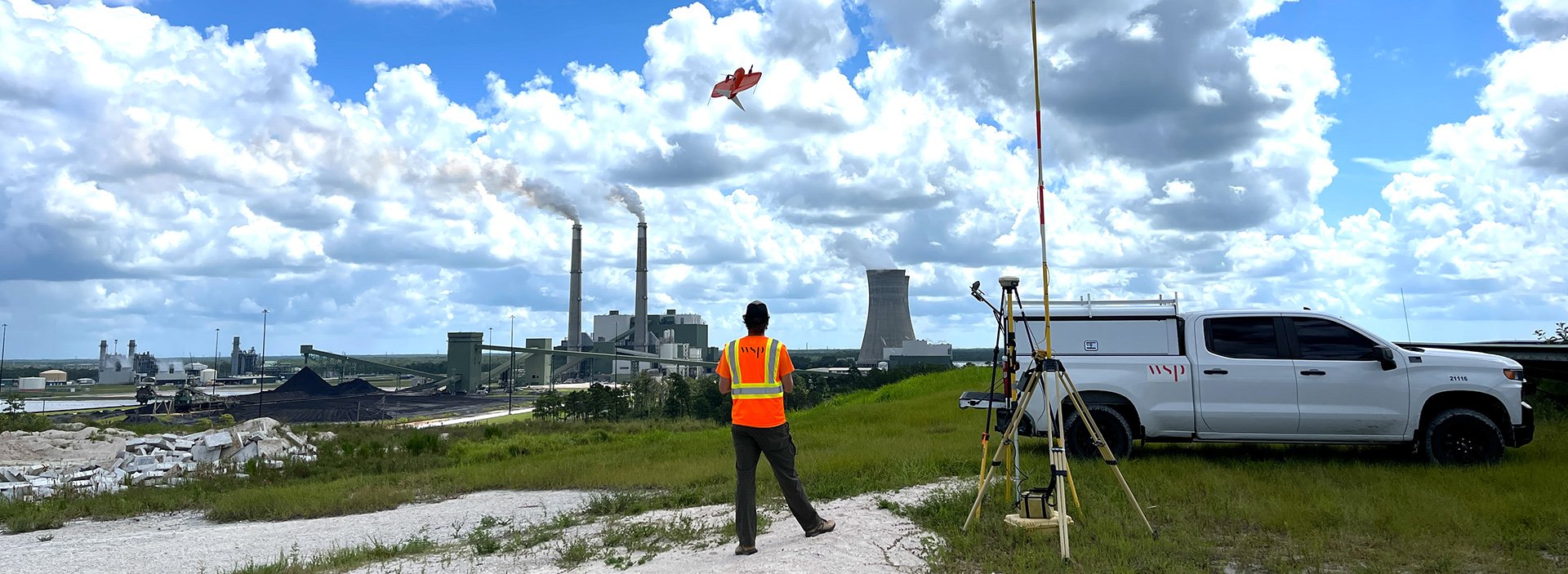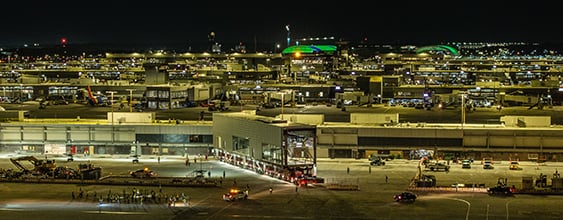
Going for Gold: Preparing Transit for the Next Decade of Major Public Events
From the Olympics to the World Cup, WSP’s major event advisory practice is assisting agencies in handling the demands of complex, high-profile events and their community impacts.
map marker
United States
|
Thursday, July 25, 2024
Reading Time : 5:00 minutes
Reading Time : 5:00 minutes

©WSP
Fans make their way into Stade de Marseille on July 24 for the opening day of men’s soccer, for a match between France and the U.S. WSP's Reed Alvarado attended the game as a fan and to observe how crowd management and transportation was being handled.
©WSP
Heavy traffic makes its way toward a sporting event in Kansas City, Missouri. Effective traffic control starts with thorough pre-event planning, conducting a traffic impact analysis and implementing temporary traffic control measures, including road closures, diversions and temporary signals.
©WSP
Fans arrive at SoFi Stadium in Los Angeles for the Copa America soccer tournament. These events can serve as a springboard for sustainable growth and urban transformation.
©WSP
When properly planned, the legacy of a successfully hosted major event can impact the host city far beyond the moment all of the spectators have left the stadium.
WSP is working with Los Angeles Metro on its transportation plan to achieve its goal of a “car free” 2028 Summer Olympic and Paralympic games with expanded transit service options.

On July 23, Salt Lake City was officially named the host city for the 2034 Winter Olympics. Even though it is a decade away, planning for transportation infrastructure is already front of mind to prepare for the influx of people to the mountainous region.
Author

Reed Alvarado
Vice President, Major Event Development and Infrastructure Advisory
United States












